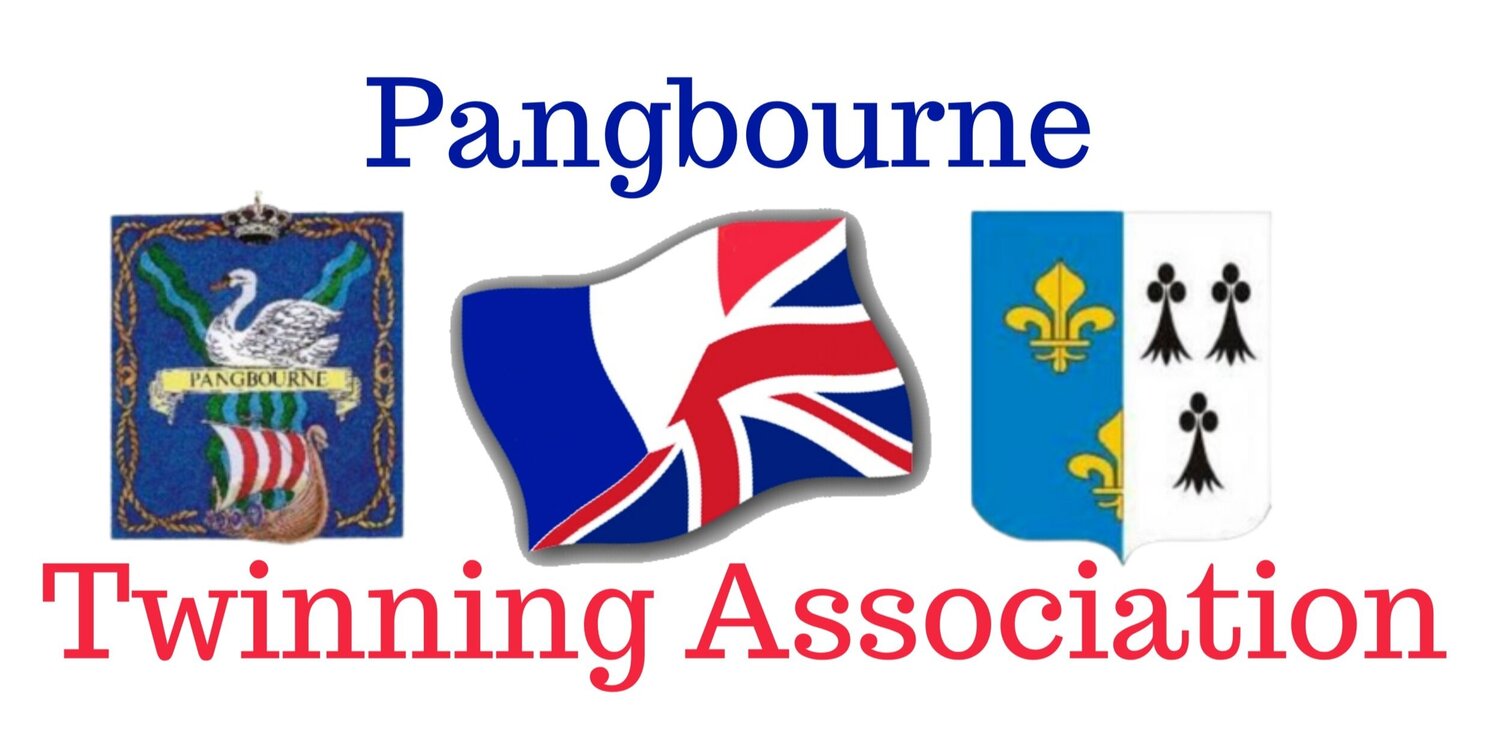PANGBOURNE AND THE SURROUNDING AREA
Pangbourne is a large village and civil parish on the River Thames in the English county of Berkshire. Pangbourne has its own shops, schools, a railway station on the Great Western Line and a parish hall.
A LITTLE BIT ABOUT WHERE WE ARE
Pangbourne is centred 4 miles (6 km) from Reading, its nearest town and 20 miles (32 km) from Oxford on the River Thames and is across the river from the small developed cluster of the Oxfordshire village of Whitchurch-on-Thames. The two villages are connected by both Whitchurch Bridge and by the traversable weir of Whitchurch Lock, though the latter is not for public use.
Map of the lock
Pangbourne railway station is a minor stop on the Great Western Main Line and has stopping services to Oxford via Didcot Parkway and London Paddington viaReading two stops away. The Pang flows through the centre of Pangbourne village before joining the Thames between Whitchurch Lock and Whitchurch bridge. Itswater voles are thought to have inspired author Kenneth Grahame's character Ratty and his book The Wind in the Willows. Most of the developed area is just above the current flood plain of the River Thames which benefits from hay meadows traditionally used as flood meadows to either side of Pangbourne, fewer than 15 properties here flooded during the Winter storms of 2013–14 in the United Kingdom.
pangbourne railway station
SOME BRIEF HISTORY
Pangbourne's name is recorded from 844 as Old English Pegingaburnan (dative case), which means "the stream of the people of [a man called] Pǣga". This name was shortened to make the name of the Pang.
In Norman times, the manor was given to Reading Abbey and the manor house – also called Bere Court – became the Abbot's summer residence. The last abbot, Hugh Cook Faringdon, was arrested there in 1539[citation needed] and subsequently executed in Reading. The manor was later purchased by Sir John Davis, the Elizabethan mathematician and the Earl of Essex's fellow-conspirator. His monument is in the Church of England parish church of Saint James the Less. Other monuments and hatchments in the church are mostly to the Breedon family, John Breedon senior bought the manor in 1671. He was High Sheriff of Berkshire and brother of the Governor of Arcadia and Nova Scotia, whose son later succeeded him. The family produced a number of sheriffs and MPs for Berkshire, as well as doctors and rectors of the parish.
Kenneth Grahame, author of The Wind in the Willows, retired to Church Cottage in Pangbourne. He died there in 1932. E. H. Shepherd's famous illustrations of his book are said to have been inspired by the Thameside landscape there.
The Falkland Islands Memorial Chapel at Pangbourne College was opened by Queen Elizabeth II in March 2000. It was built to commemorate the lives and sacrifice of all who died during the Falklands War of 1982, and the courage of those who served with them to protect the sovereignty of the Falkland Islands. The Queen revisited the Memorial Chapel in 2007 to mark the 25th anniversary of the Falklands war.
At the north-west of the village is wildlife gardens Beale Park.
References
Pangbourne lock - http://www.whitchurchonthames.com/lock.html
Railways station - https://en.wikipedia.org/wiki/Pangbourne_railway_station



